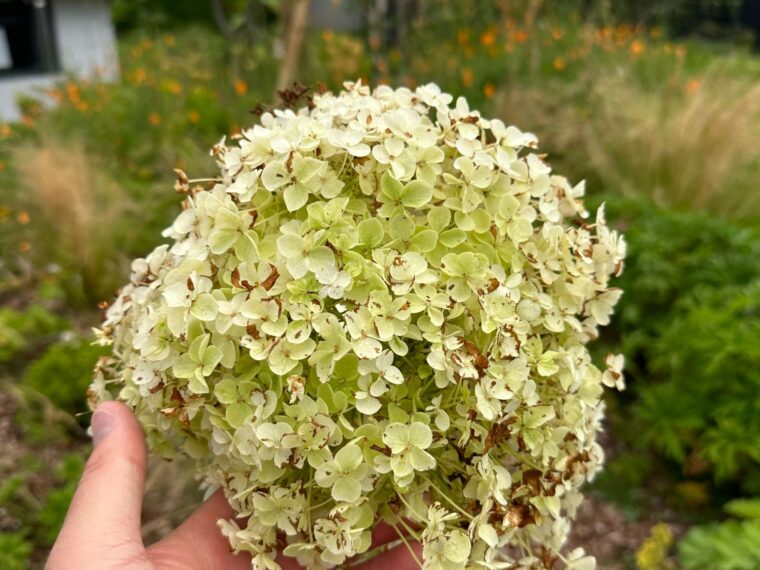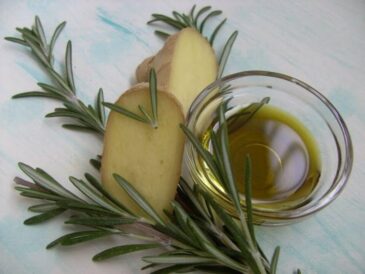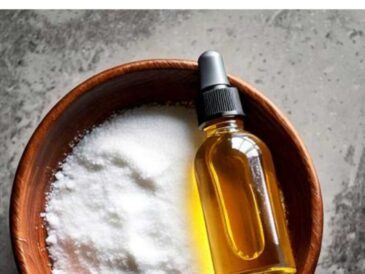-
Fertilizing: Feed your hydrangea with a balanced fertilizer in early spring and again in mid-summer. Avoid fertilizing late in the season as it can encourage new growth that may not harden off before winter.
-
Protection from Winter Weather: In colder climates, protect your hydrangea from harsh winter conditions. Mulch the base of the plant with a thick layer of leaves or compost to insulate the roots.
-
Choosing the Right Variety: Some hydrangea varieties are known for their extended bloom times. Consider planting reblooming hydrangeas for continuous color throughout the season.
Troubleshooting Hydrangea Problems
If your hydrangea blooms are fading prematurely, there could be several reasons:
- Pests and diseases: Check for signs of pests like aphids or spider mites. Common diseases include powdery mildew and leaf spot. Treat accordingly.
- Nutrient deficiencies: Yellowing leaves or poor growth can indicate nutrient deficiencies. A soil test can help determine the specific needs of your plant.
- Incorrect pruning: Over-pruning can reduce flowering. Avoid pruning in late summer or fall.
- Drought stress: Hydrangeas need consistent moisture. Ensure the plant receives adequate water, especially during hot, dry periods.
By following these tips and addressing potential problems, you can enjoy beautiful hydrangea blooms for weeks on end.
Would you like to learn more about specific hydrangea varieties or how to change the color of hydrangea blooms?




